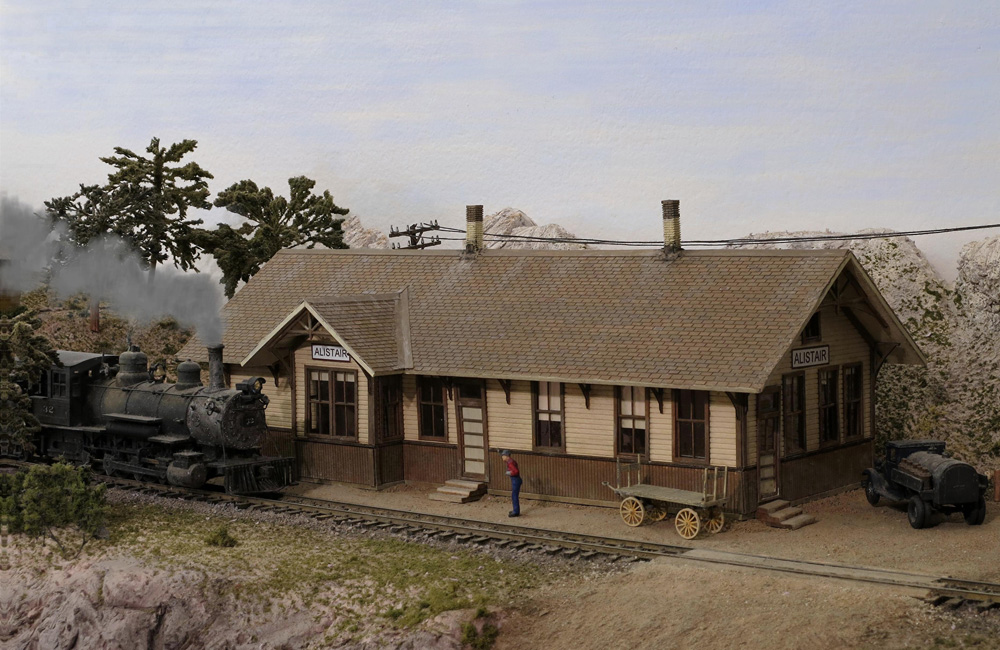
Structures help set the stage for a layout’s look and practicality. There are no bounds to the variety of buildings a modeler can bring to the table (or should we say benchwork). Yet there’s always that one particular building you’ll usually find on most layouts. With great insight from Model Railroader Editor Eric White, let’s […]
Read More…
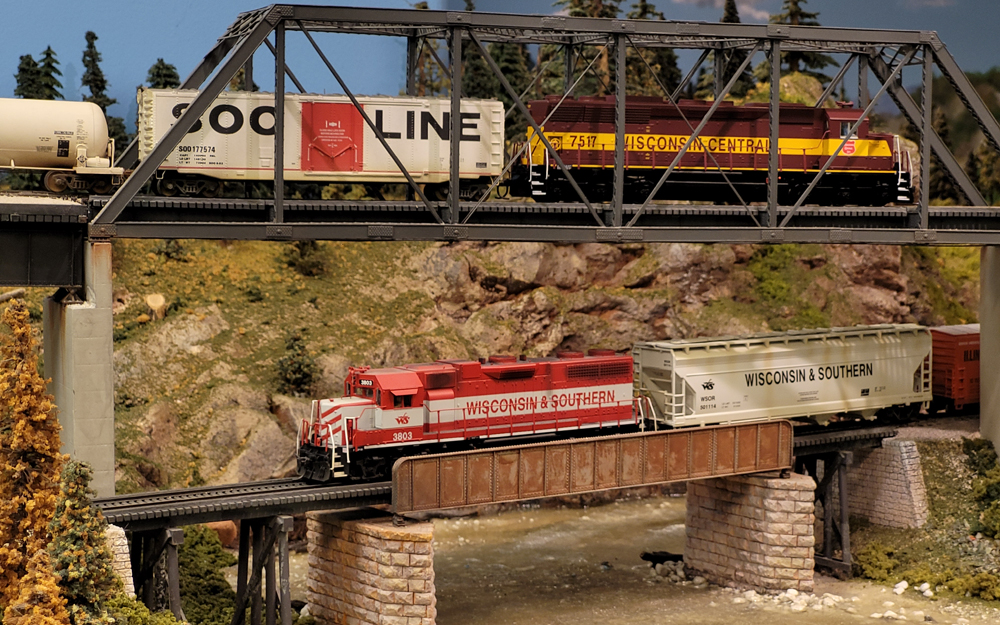
Chances are good that if you’re building a model railroad, you’ll want to include a bridge. After all, who doesn’t love a good bridge? I can’t speak for anyone else, but when I think of San Francisco, I think Golden Gate. When I think of Duluth, Minn., I think of the Aerial Lift Bridge (well […]
Read More…
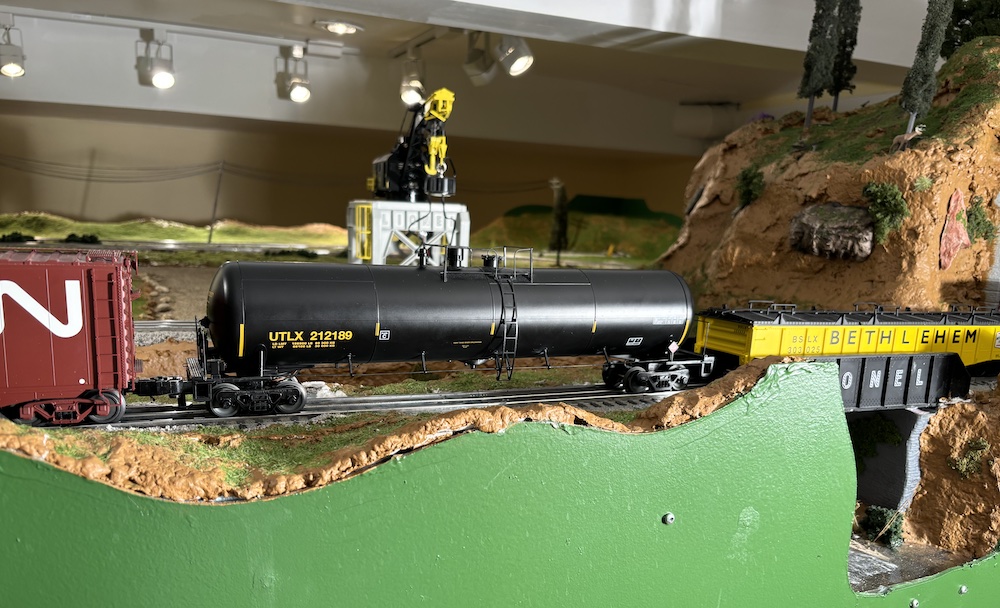
I purchased a Lionel FreightSounds UTLX 30K tank car (No. 6-85081) from my local Lionel dealer in 2019. I loved the look of this modern rolling stock, but was disappointed in its muffled sound effects. A short time later, I purchased a FreightSounds PS-1 boxcar (No. 1926620) from Charles Ro and was happy with the […]
Read More…
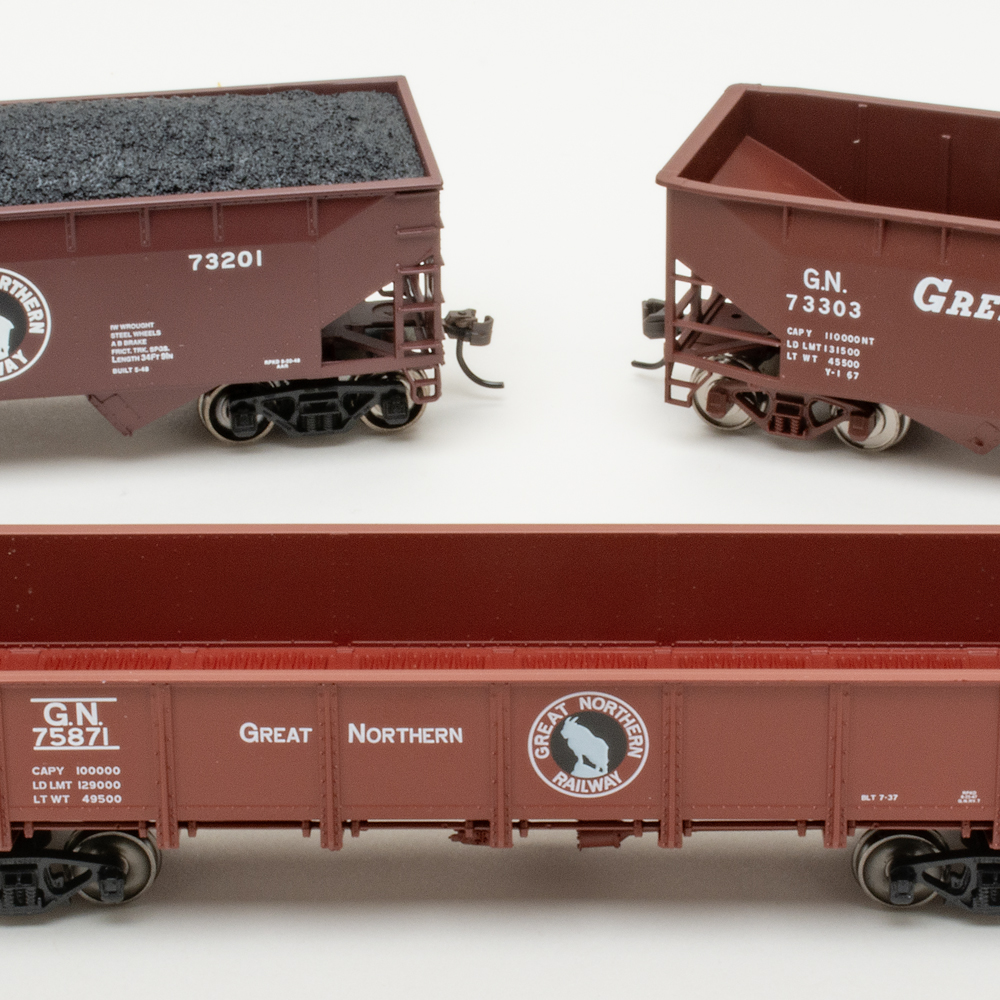
As many of you know, my primary modeling interest is the early days of the Burlington Northern (1970-1974) in Crookston, Minn., my hometown. One of the rail-served industries that has long intrigued me is the Otter Tail Power Co. (OTPCO) power plant. The 10,000 kilowatt plant, which hugged the banks of the Red Lake River […]
Read More…
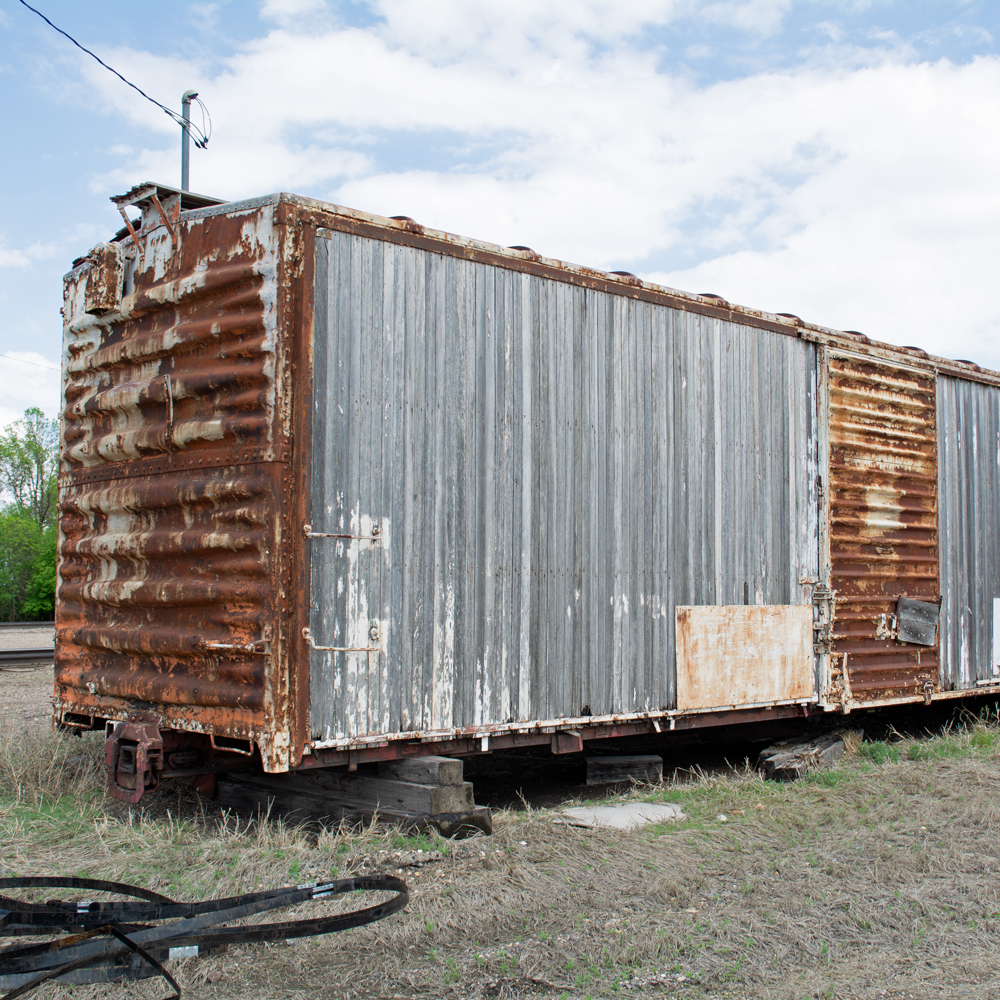
In November 2021 I wrote about modeling a boxcar storage scene based around an ex-Milwaukee Road car in Milbank, S.D. This time around we’ll take a look at a car in the Minnesota Northern RR (MNN) yard in Crookston, Minn., my hometown. Back in 2016 I was invited to the National Model Railroad Association Thousand […]
Read More…
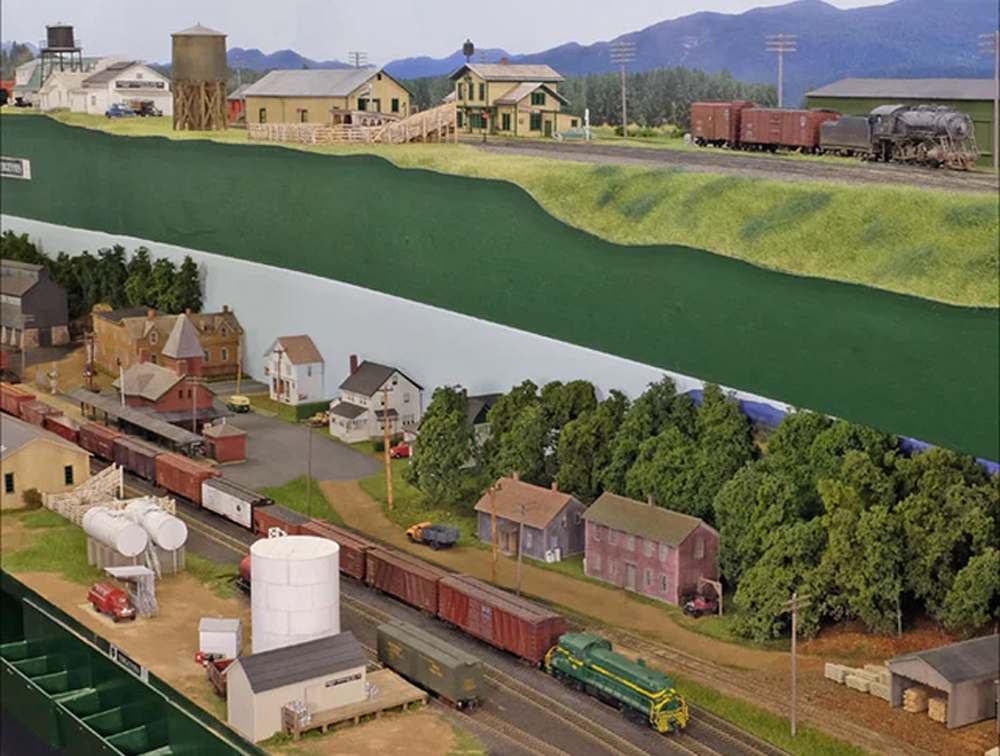
Model railroading is a rewarding hobby, but it can sometimes be challenging to find space for a full-sized layout. Fortunately, with careful planning and a few creative design choices, you can create a model train layout that fits into a smaller area. Here’s a guide to help you get started building a compact model train […]
Read More…
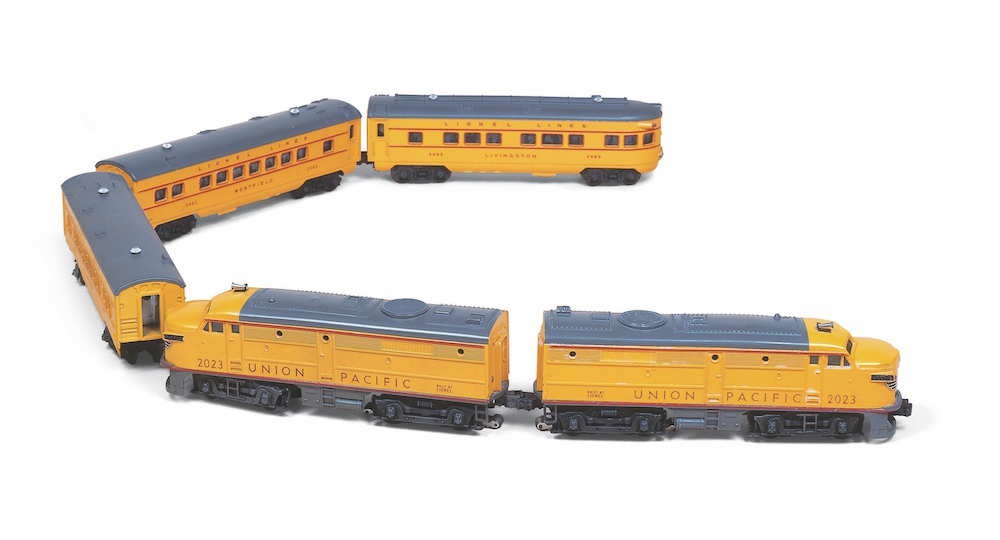
10 more helpful tips for your layout Smooth and steady steaming It’s not surprising that postwar Lionel steam locomotives are extremely underpowered. They’re single-motor locomotives that must tow a heavy tender, so you’ll seldom get them to pull more than a dozen freight cars. Keep the wheel axles, side rods, and smoke-unit mechanism properly lubricated, […]
Read More…
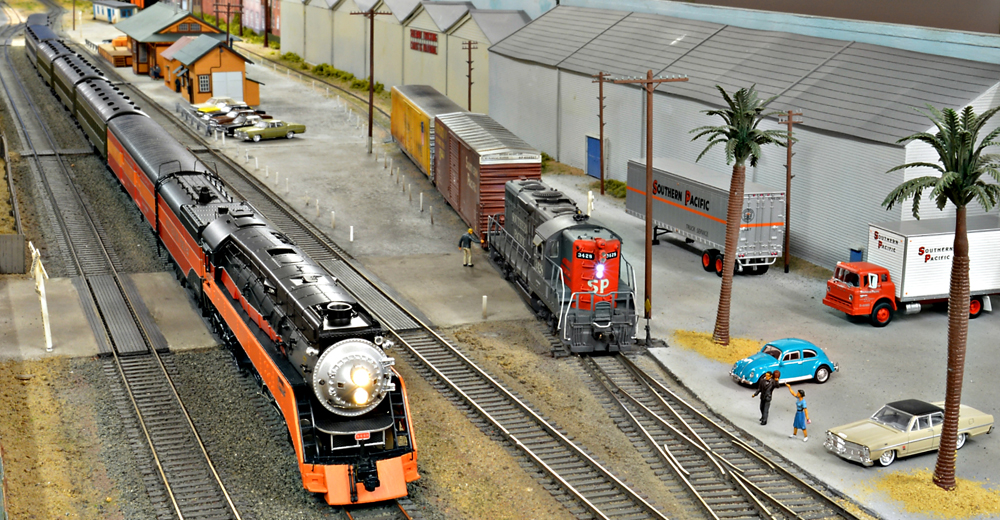
We’ve all been there before. Seated at the drafting desk, or perhaps the workbench, depending on how your layout room or workshop is set up, notebook open, pen in hand, writing out a list of desired traits for your soon-to-begin model railroad, maybe sketching possible track plans in the margins. A tale as old as […]
Read More…
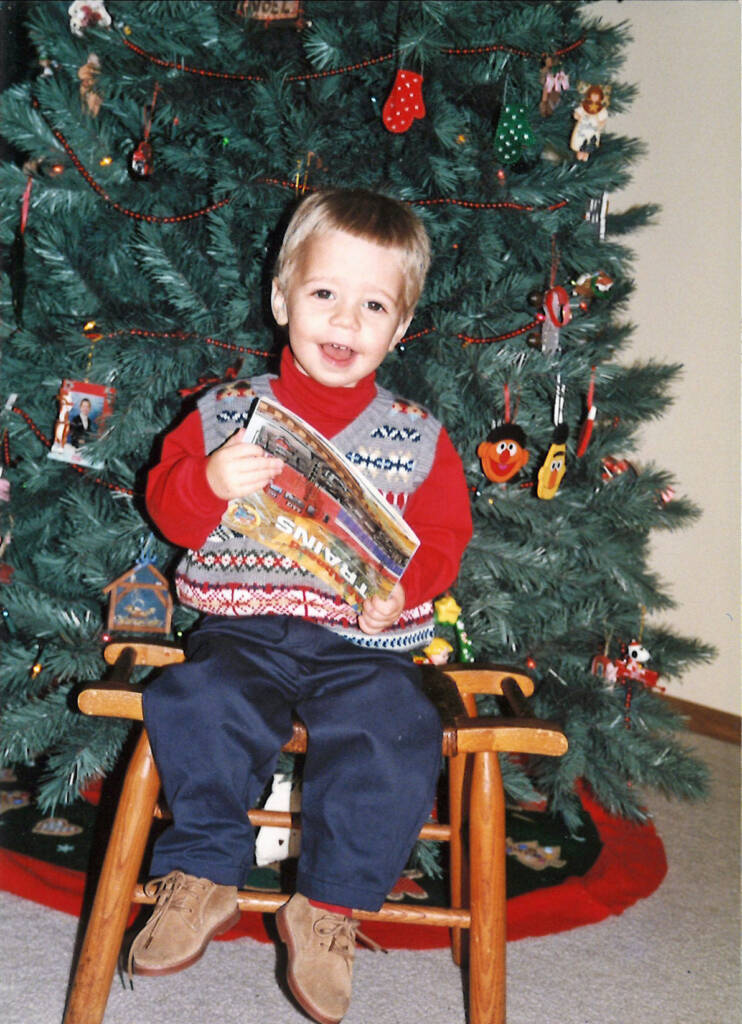
Okay let me be the first to say, I am childless. However when a friend of mine told me that he and his wife were expecting, I immediately started to wonder what they would name the child. The next day I brought up the idea to a colleague and said that I thought Norfolk would […]
Read More…
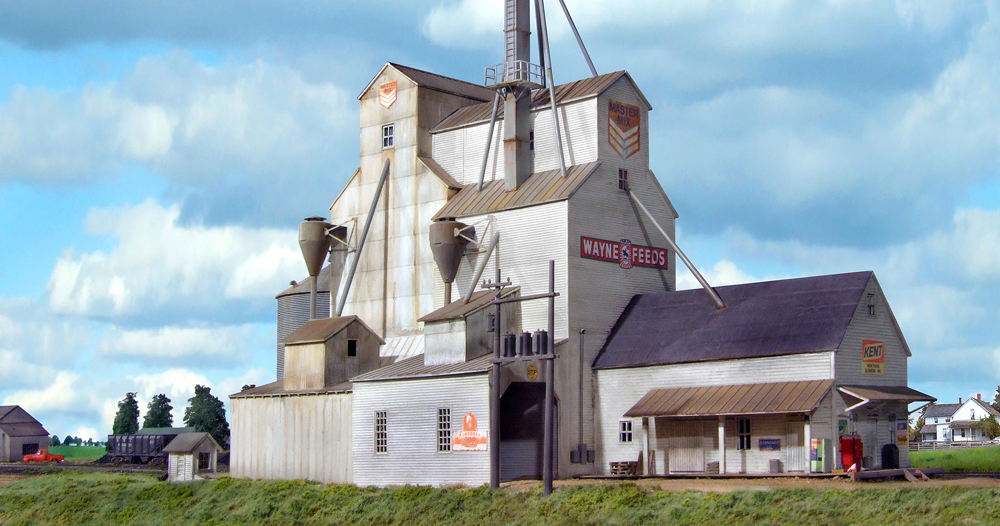
Last month we took a look at modeling urban scenery. This time around, we’ll step back from the big city and focus on rural scenery. I spent my formative years in the Red River Valley of the North, which was dotted with small towns up and down the Minnesota and North Dakota sides of the […]
Read More…
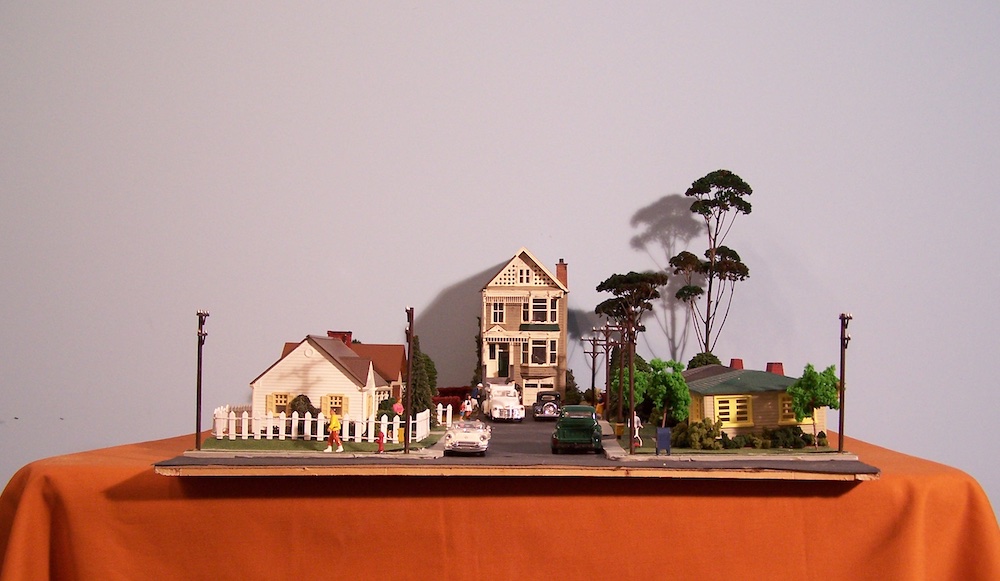
Perhaps you don’t have the space to build a layout but still want to build “something.” Maybe your layout is already built but you’re looking to renovate a scene or section. Or there might be a show coming up and you want to highlight a scene or show off an animated feature. The solution to […]
Read More…

Let’s admit it, model railroading isn’t the cheapest hobby. Whether you’re a collector, operator, or both, trains and accessories can add up quickly. I’m not a financial advisor, and I can’t tell you how to spend your money, but here are some points to think about when you question when to splurge and when not […]
Read More…












